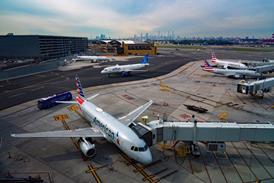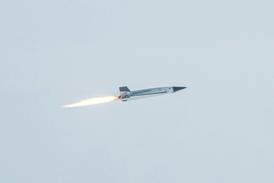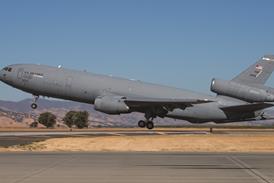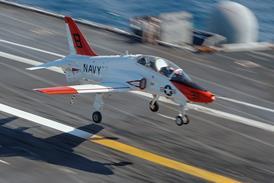Paul Phelan/CAIRNS
New Zealand-based Integrity Aircraft is in discussion with Britten-Norman (BN) about the development of a single-engined, turboprop-powered derivative of its BN-2A Mk 3 Trislander, powered by an AlliedSignal TPE331.
Integrity Aircraft says it has been issued with a manufacturing licence by BN to enable it to develop the Trislander derivative, which it plans to call the "Integrity". The company believes the single-engined design will provide a cost-effective alternative to Cessna's popular 208 Caravan I series.
"We have a US patent for the modification," says Integrity owner Lance Watson, "and will contract BN to undertake the modifications of the prototype and build production aircraft at its Romaero factory in Romania." Although he declines to give specific details of funding for the programme, Watson says he has the support of AlliedSignal and is understood to be seeking further backers. BN confirms that it is in discussions with Integrity about becoming a subcontractor, and that its technical and commercial departments have concluded feasibility studies.
Watson purchased 12 Trislander kits when production was wound up in the mid-1980s and will use one of these unassembled aircraft as the basis for the prototype. "Work on the first aircraft will begin soon and we hope to fly it early next year," he says.
No firm flight development timetable has been established, although Watson expects a large part of the original Trislander certification will be carried over for the new aircraft's approval process.
The Integrity will feature a series of modifications, including the elimination of the wing-mounted piston engines and the installation of a single 745kW (1,000shp) Garrett TPE331-12 turboprop in place of the tail-mounted piston engine, driving a five-bladed McCauley propeller.
The aircraft will feature a lengthened BN Defender 4000 nose incorporating its new avionics, a 762mm (30in) fuselage plug, and the 4000's wing. The plug counters the centre of gravity change which results from the deletion of the wing engines, and increases capacity to the equivalent of 20 passengers.
Weight gains are expected to be around 450kg (1,000lb) of payload, with an estimated empty weight of 2,360kg and maximum take-off weight unchanged at 4,540kg.
Source: Flight International












































